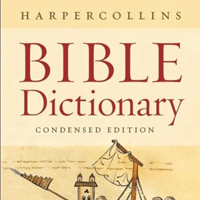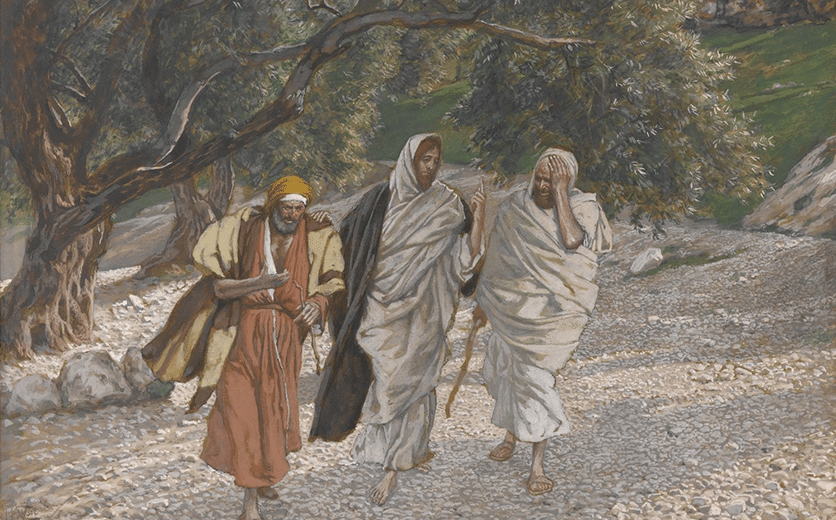Hair´uhd
Name of a family of Idumean origin with strong connections to the Roman government who became centrally involved in the affairs of the Jewish state. Members of the family, under a variety of titles, governed Palestine and adjacent areas from ca. 55 BCE until near the close of the first century CE. The following members of the family appear in the NT: 1 Herod I (Herod the Great). From 37 until his death in 4 BCE, Herod ruled as king of the Jews, a reign marked by his total loyalty to Rome, his grandiose and sometimes magnificent building programs, his family strife, and his harsh repression of any opposition. According to (Matt 2:1-18, Luke 1:5), the birth of Jesus occurred while Herod was king. The king’s well-known ruthlessness in defending his throne against any threat forms the background for the story of the massacre of Bethlehem’s children (Matt 2:16-17). After Herod’s death in 4 BCE, Augustus Caesar resolved the dispute that broke out among three of Herod’s surviving sons by dividing the kingdom but withholding the royal title from the heirs. To Archelaus, son of Malthace, went the title “ethnarch” and half of the territory (Judea, Idumea, and Samaria). The other half was split into two tetrarchies: Antipas, younger brother of Archelaus, received Galilee and Perea; Philip, son of Cleopatra, received Batanea, Trachonitis, and Auranitis. 2 Herod Archelaus, son of Herod the Great and ethnarch of Judea, Samaria, and Idumea (4 BCE–6 CE). See also Archelaus. 3 Herod Philip, son of Herod the Great and tetrarch of Batanea, Trachonitis, and Auranitis (4 BCE–33/34 CE). He ruled uneventfully and apparently successfully in his northern domains. His name is remembered in that of Caesarea Philippi (see Matt 16:13, Mark 8:27), which was his rebuilding of ancient Panias near the springs of the Jordan River. Philip apparently married his niece Salome, daughter of Herodias and of Philip’s half brother Herod the son of Mariamne. 4 Herod Antipas, son of Herod the Great and tetrarch of Galilee and Perea (4 BCE–39 CE). He is “that fox” of (Luke 13:31-32) and the Herod most frequently mentioned in the NT. Both Jesus and John the Baptist were his subjects and carried out their public careers mostly in his territories (Matt 14:1-12; Mark 6:14-29; Luke 3:19-20; Luke 9:7-9; Mark 8:15; Luke 13:31-32; Luke 23:6-16; Acts 4:27). His career was dominated by his relationship to Herodias, whom he married in spite of the fact that she was his niece and married to his half brother Herod when they met and that he was compelled to divorce a daughter of Aretas, the powerful king of the Nabateans, in order to marry her. John, who, according to the Gospels, had criticized this marriage, was imprisoned and later executed by Antipas at Machaerus (Matt 14:1-12; Mark 6:14-29; Luke 3:19-20; Luke 9:7-9). According to the Gospel of Luke, Antipas also played a role in the trial of Jesus (Luke 23:6-16; Acts 4:27). 5 Herod Agrippa I. See Agrippa I. 6 Herod Agrippa II. See Agrippa II.




